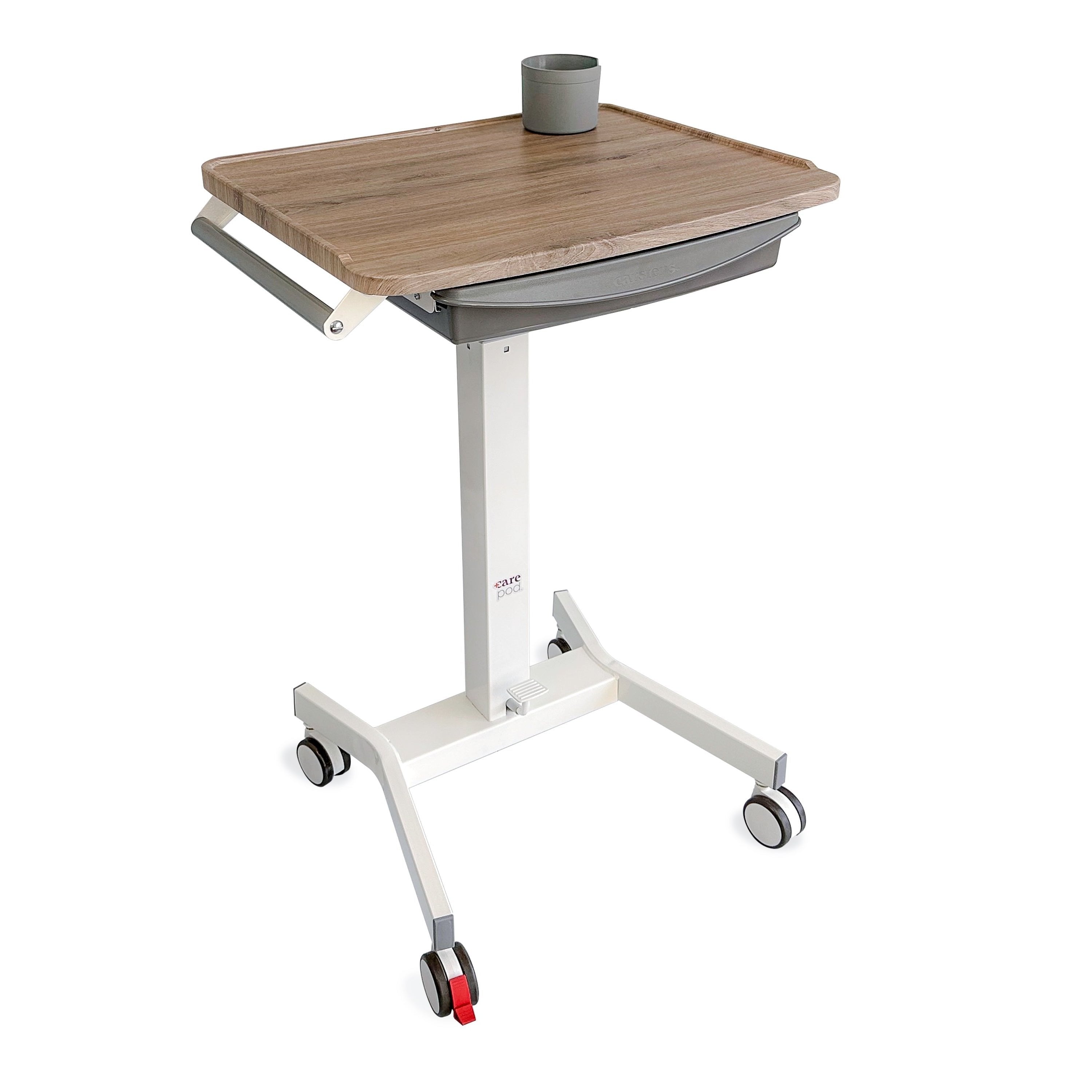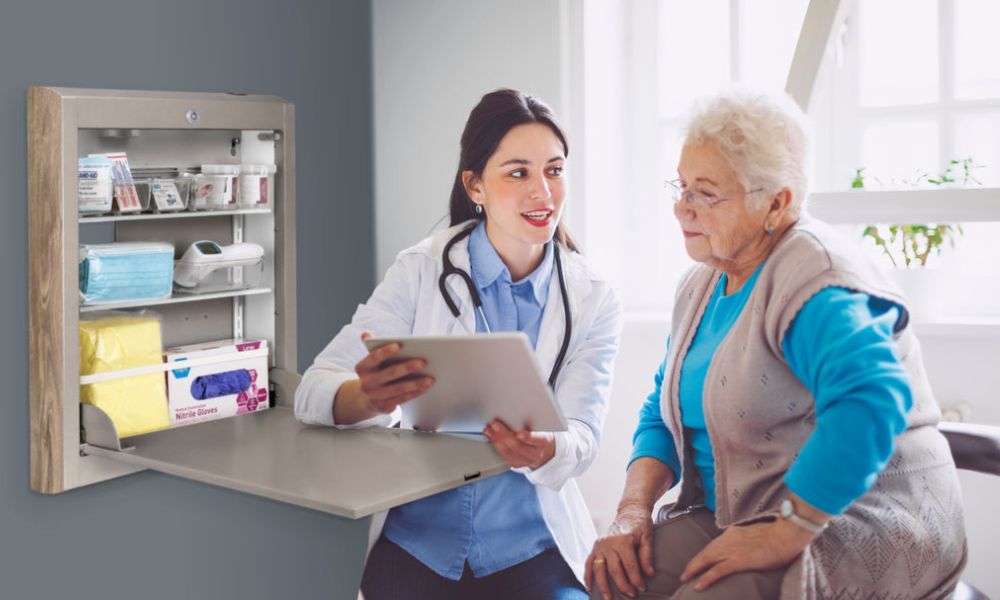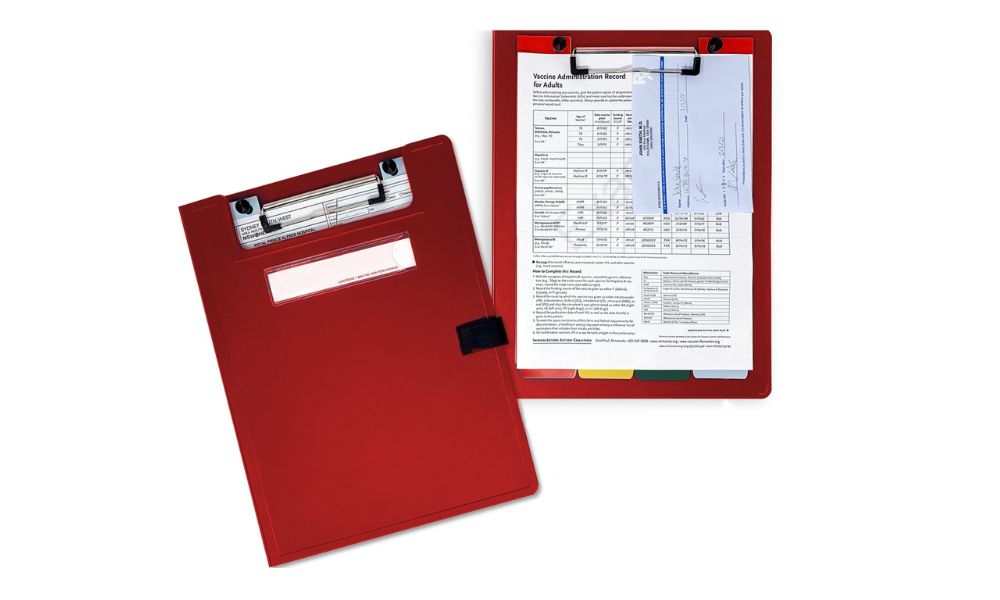As the backbone of organized patient care, a medical binder is a healthcare professional’s secret weapon. It’s a versatile tool providing critical information about a patient’s medical history in a simple, accessible format. Whether you’re a meticulous physician, a caring nurse, or an empathetic personal caregiver, the importance of an organized medical binder is impossible to overstate.
We know the central role a health record plays in the patient journey. That’s why we’ve provided the top 10 must-have sections for a medical binder. With these sections, your patients’ binders will ensure clarity, organized information, and adherence to HIPAA guidelines while remaining essential tools your patients can rely on.
1. Personal Information
The personal information section is your medical binder’s front page. It features critical details that cover the ‘who’ in your patient’s medical history. This section should include a patient’s name, date of birth, gender, blood type, and primary language.
In this section, it’s crucial to list any allergies and existing medical conditions, as these can influence diagnosis and treatment decisions. Emergency contacts are vital here, as they provide a quick link to those who could assist with healthcare decisions in a crisis.
Maximize This Section With an Emergency Page
Consider dedicating a single page to emergency instructions, with clear steps on what to do and who to contact in different situations.
2. Medical History
Your patient’s medical history is the heart of the binder, containing a detailed account of the patient’s medical journey. It should start with past medical events, including the date and diagnosis of significant illnesses.
Ensure that you document any surgeries or hospitalizations and note the treating physicians. Listing drug reactions can be potentially life-saving, so ensure this section is present under allergies. This section should act as a concise yet comprehensive summary of what the patient’s body has experienced.
More Than Just Text
To make this section easier to navigate and reference, use visually distinct fonts or colors for different categories.
3. Insurance Information
Insurance can confound even the most organized of practitioners. In this section, the goal is to simplify with clarity. Include the insurance provider’s name, the type of plan, the policy number, and any necessary contact details. Although patients often enter the healthcare information on their own, having their insurance information easily accessible is valuable.
HIPAA Compliant
Ensure that any insurance forms or benefits letters included in this section are free of personal information that could violate HIPAA.
4. Healthcare Providers
The web of healthcare requires a cadre of professionals, and your team can use this section to account for all of them. Include any doctors, nurses, and therapists involved in the patient’s care. Furthermore, detail the specialties and contact information for each. This section can foster a sense of teamwork among healthcare providers and patients. Patients should feel confident that their diagnostic results and treatment plans are reaching their entire trusted team.
Keep It Up-to-Date
Encourage patients to regularly update this section as new specialists join their team or if a provider’s contact info changes.
5. Medication List
Medications are the compounds that attempt to write endings and continuations to the patient’s narrative. Keep a running list of all medications, over-the-counter supplements, and prescriptions, with dosage instructions and frequency. This list will help prevent adverse drug interactions, overdoses, or other mishaps.
Include a History Chart
Graph medication changes over time with a chart that shows when professionals prescribed or discontinued drugs.
6. Appointments and Follow-ups
Scheduled medical appointments can get lost in the chaos of medical history and healthcare. Keep a running log of appointments, tests, and upcoming procedures to help patients anticipate and prepare for their healthcare needs. This proactive step can help ensure better patient compliance with treatment plans and follow-up care.
Reminder Stickers
Keep patients on track with reminder stickers or cards for the next scheduled appointment.
7. Test Results
If your patients have gone through tests, you must keep track of their results. Lab reports, pathology results, and diagnostic images add crucial layers to the patient’s file. Organize each test by type. This way, each section is readily available for easy reference during treatment planning and review.
Summary Sheets
For complex or ongoing tests, consider adding a one-page summary that captures the trend of results. For example, you can log cholesterol levels over a year.
8. Treatment Plans
This section is the action plan for the patient’s care journey. Include any current treatment plans, their objectives, and expected outcomes. Detail the type and frequency of treatments or therapies to empower the patients to understand and be an active part of their care plans.
Tiered Approach
Use dividers for current, future, and past treatment plans to keep the section manageable.
9. Important Documents
Another essential section you need in your medical binder is a section dedicated to legal and important documents. Most patients have a living will or a power of attorney, which is the reflective pause when larger life decisions come into play. This section should house legally binding documents and any other healthcare directives. Note that these documents are as relevant to a patient’s treatment as any other test result or prescription.
Digital Copies
Provide a secure electronic version of sensitive documents as well, reducing the risk of loss and maintaining confidentiality.
10. Resources and References
Every medical professional needs a refresher now and then. So, make sure to add a resource and reference page in your binder. This is where you include resources such as educational materials on conditions, support groups, and reliable online references. This section provides a map of the patient’s broader health universe and can foster patient empowerment and self-care.
Online Portals
Connect patients with online support that allows access to the most recent information and communities for shared experiences.
A medical binder is an essential tool for healthcare facilities and individuals alike. It serves as a comprehensive and organized record-keeping system that can improve productivity and enhance interaction at the point of care.
By including all 10 essential sections, healthcare professionals can effectively manage patient information, streamline processes, and ensure accurate documentation. If you’re ready to take your organization to the next level, including healthcare binder dividers is paramount to sorting all sections.







